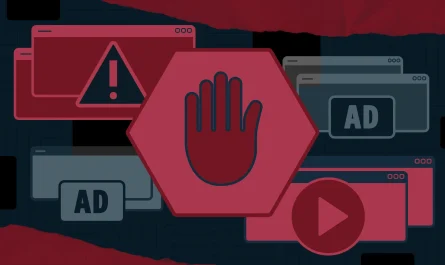LEGO, as many individuals consider it, is not only a simple children’s plaything but rather an incredible means of intellectual development. This has been adopted widely in classes and homes as it puts the kids in creative play, hence learning. An excellent example of this is the LEGO Education Spike Prime, which integrates advanced STEM learning into playful activities.

Apart from enjoyment and entertainment, LEGO structure playing helps to acquire essential aspects of life, especially problem-solving and critical thinking abilities.
Play is a crucial aspect of young children’s learning process. This is the period when a child frolics around; let’s venture into the world, try out theories or ideas, and how to solve problems. This kind of exploratory learning is possible in LEGO building, including with tools like LEGO Education Spike Prime, although it may not directly fit the traditional model of what education entails.
Contents
Power of Play in Child’s Development
Open-Ended Exploration
LEGO bricks are the building blocks that offer an Open Field for the kids to let their imaginations run wild. They can create anything they imagine possible, from ultra-skinny skyscrapers to space crafts and everything in between. This open-ended nature is wonderful for brainstorming as it encourages and promotes creativity.
Trial and Error
Many enthusiasts believe that constructing any LEGO object involves trial and error. They try many shapes and positions of the bricks, modify the result, and do not get upset by the mistakes. Repetition is crucial for developing practical problem-solving skills, and this iterative process is vital in this regard.
Spatial Reasoning
For example, trying to build LEGO models would involve forming a mental image of the model they want to build. Over time, this helps develop spatial awareness, which is essential for mathematics and other science courses.
Collaboration
Bricklaying involves creating a structure with LEGO and can sometimes be considered a social activity since it may involve group work and discussions. In this activity, children have opportunities to express what they have learned, discuss, and arrive at solutions to impasses, thus acquiring social skills.
Developing Problem-Solving Skills with LEGO
Identifying the Problem
The identification of a challenge constitutes the starting point of problem-solving. LEGO builders may face one or another problem. For example, the construction does not stand as it should, or the mechanism proposed does not work.
Generating solutions
Once the issue has been defined, children must consider the possible cause. This method also works since they can try various solutions without worrying about the structural integrity and construct a new solution from the bricks they took apart if none of the approaches work.
Testing solutions
Part of the fun of constructing a LEGO model is that it’s as much trial and error as activity. Peers can only try out specific solutions offered by the child to determine whether they are correct.
Evaluating and refining
In ‘Are We Solving the Problem?’, children must assess whether their provided solutions work after trying them out. It is essential to note that they may require corrections or alterations for efficient design.
Persistence
It’s not always simple to solve a problem. However, children may get stuck and should not give up but look for another solution. Therefore, using LEGO as an effective tool for developing critical thinking skills among children is an optimal solution.
Cognitive skills enable faculty to judge, assess learning, facts, and arguments, and make rational decisions, which is known as critical thinking. LEGO building also affords opportunities for the development of these skills.
Developing Critical Thinking Skills with LEGO
- Children should also be able to evaluate materials gathered and plan how to use gathered material. Legos can help them with critical thinking skills. They would have to analyze how to arrange the Lego blocks.
- Children need to assess what has worked best when experimenting with various solutions to solve a problem.
- By building LEGO, children must consider different ideas and even opinions when solving problems. This assists them in growing as flexible thinkers and entertaining possibilities.
Incorporating LEGO into Learning
In order to make the most of LEGO building, it is only viable that the same be integrated into the learning process. Here are some tips:
Encourage collaboration
Teamwork should be encouraged by giving group projects with Lego to let children express their views and learn something.
Provide Opportunities for Reflection
It is essential to stimulate the children’s thought processes and learn what and why they are doing it, or they might make some designs.
Integrate LEGO with other subjects.
Other subjects like academics, maths or more should integrate LEGO building to make these subjects enjoyable. Children would also brainstorm and try to learn things.
Final Words!
Playing with Lego structures contributes to problem-solving skills and enhances critical thinking skills. So, Lego, offering children the possibility to discover something new, try, and build, contributes to the types of learning widely promoted in the twenty-first century. Many brands of legos are available; whether you live in Canada, the USA, or anywhere in the world, you can get them from online stores. Moreover, children’s most popular Lego sets are Lego Spike Prime sets, Minecraft the End Arena, classic Lego, and more. It’s not only study that educates children, but games. Even children learn things more effectively through fun playing.




